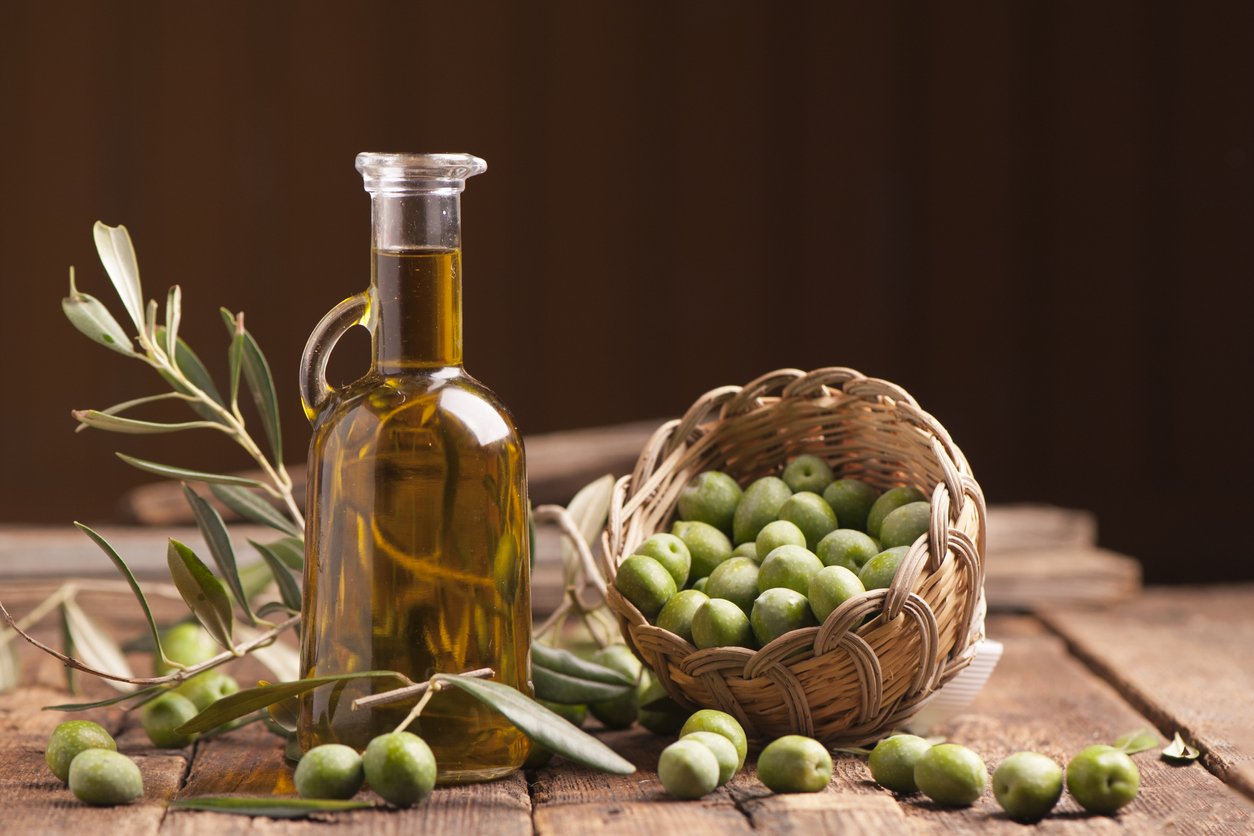It’s hard to imagine these days, but in olden times, humans grew olives for light, not food. The fruit of the olive tree, when pressed, produces an oil that burns clean and bright.
And if you’ve ever eaten a raw olive off a tree, you’ll understand why nobody thought that this particular fruit was going to amount to much gastronomically. It’s hard, bitter, and a lot of work to remove the flesh from the relatively large stone.
One legend about how people discovered the culinary qualities of the olive tells of a fisherman who tossed a bag full of olives into his boat and forgot about it for a few weeks. As he went to sea day after day, the salt water sloshed around and turned the unappetizing fruit into the fragrant, fermented delicacy we know today.
From their humble beginnings, olives now feature in both peasant food and sophisticated fare, appearing in meze platters, Greek salads, and as a pizza topping.
These days, olives and olive oil are associated with the Mediterranean diet, which is consistently rated one of the world’s healthiest eating patterns (it’s on a winning streak, having been named the “Best Diet Overall” by U.S. News & World Report five years in a row). And, as a result, many people consider olive oil to be a health food, capable of preventing heart disease.
But are olives and olive oil actually good for you? Or is the Mediterranean diet a healthy (or healthier) option in spite of, rather than because of the olive oil? What’s the truth about olives, and what’s just nutritional hype?
What Are Olives?
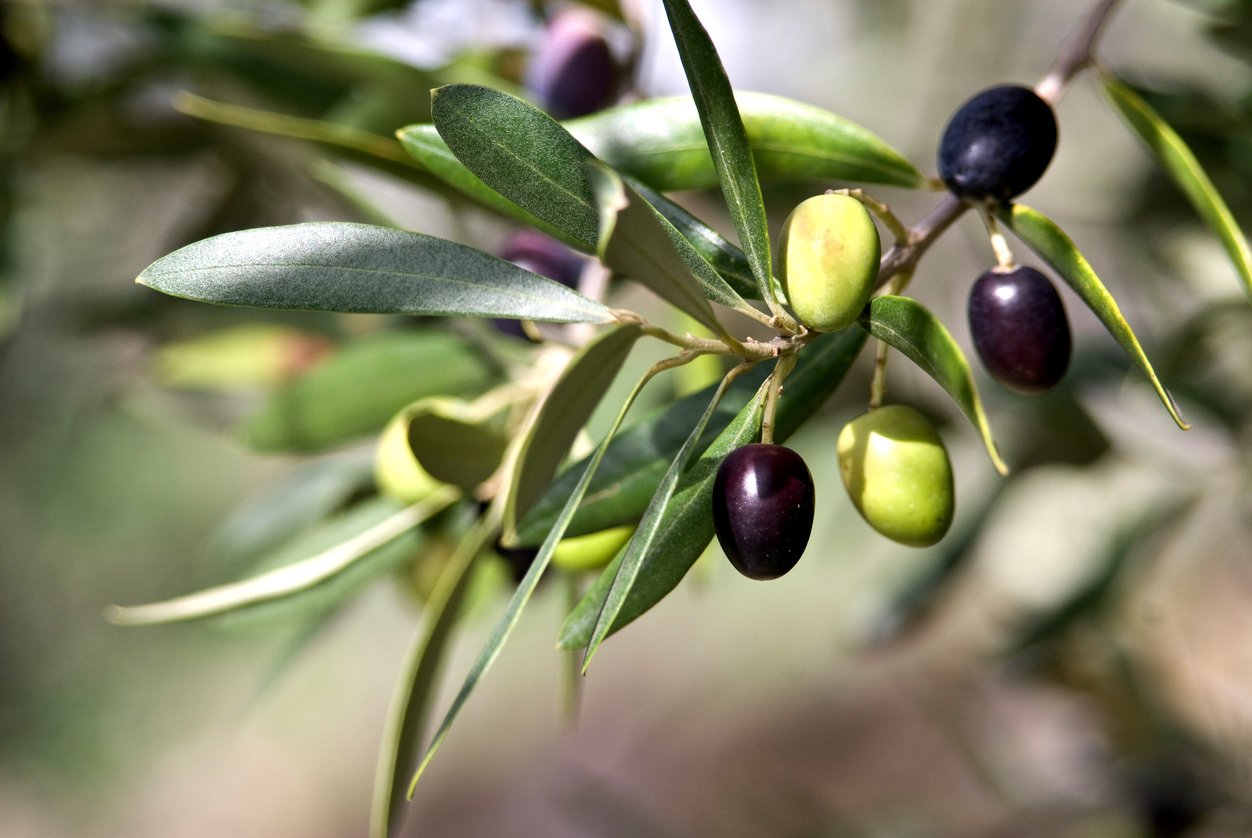
Like tomatoes and cucumbers, olives are technically fruits, although they’re thought of as vegetables because of their savory flavor. Even more technically, olives are drupes, which is a funny name for a tree fruit with a stone pit inside. Other common drupes include plums and peaches.
Olives are primarily grown in the Mediterranean and Mediterranean-like climates. California produces around 95% of the olives grown in the US.
To differentiate from other olives, the ones grown for eating are known as table olives. Not that you’d pick one from the tree and serve it straightaway on a dinner table. Unlike most fruits, olives require a lot of processing to become edible.
Off the tree, olives are incredibly bitter, thanks to low sugar content (about ¼–½ of the sugar in most stone fruits) and a compound called oleuropein. You can remove this substance and render olives tasty by packing them in salt, fermenting them, or preserving them in brine or a lye solution.
Alternatively, you can grind, crush, and filter olives to create olive oil — unlike peaches and plums, they’re very high in fat (up to 30%).
About 1,400 olives are pressed in order to make 1 liter of olive oil. It takes about 8,000 sunflower seeds to make a liter of sunflower oil. (Don’t even get me started on baby oil. Just kidding!)
Types of Olives

There are many different types of culinary olives, based on botanical variety, harvesting, and subsequent processing. Olives from Spain are typically fermented, while American-produced olives are generally unfermented. You can find olives whole (including the pits), pitted (with the pit removed), or stuffed with other vegetables (like garlic, pimento, or even, for the most daring or foolish among us, ghost pepper).
The most obvious distinction among olives is color-based — there are green olives and there are black olives. Green olives are harvested during the ripening cycle, at the point when the fruits have reached their full size but have not yet changed color from green to black. Black olives are kept on the tree longer and handpicked when ripe (purple or black) but before becoming overripe, and before the danger of frost. Except for black olives from California — they are typically put through an oxidation process after curing.
Common green olive varieties include Manzanillo, Gordal, and Moroccan Picholine. Some black olive varieties are Conservolea, Gemlik, Megaritiki, and Kalamata.
Olive vs Olive Oil Nutrition
Olives are high in vitamins A, E, and K, fiber, and monounsaturated fats. They also contain small amounts of essential minerals, including calcium, magnesium, iron, and copper. Because of their high fat content, olives are calorically rich, which is one reason to eat them in moderation if you’re trying to lose weight or if you struggle to maintain a healthy weight.
Unprocessed olives aren’t salty, but processed olives are very high in sodium because of the salt or brine used in curing the fruits. As we’ll see, that’s another reason to limit how many you eat. The standard serving size for olives is 100 grams — or 10 olives.
Compared with olives, olive oil is far lower in sodium. It’s also a more concentrated source of fat, as it lacks fiber and other nutrients. One serving of olive oil is about one tablespoon and provides 120 calories, all of them from fat.
Both olives and olive oil are high in polyphenols and antioxidants, however. They’re also a rich source of omega-9 fatty acids, including oleic acid, which is generally considered one of the healthier forms of fat.
Are Olives Healthy?
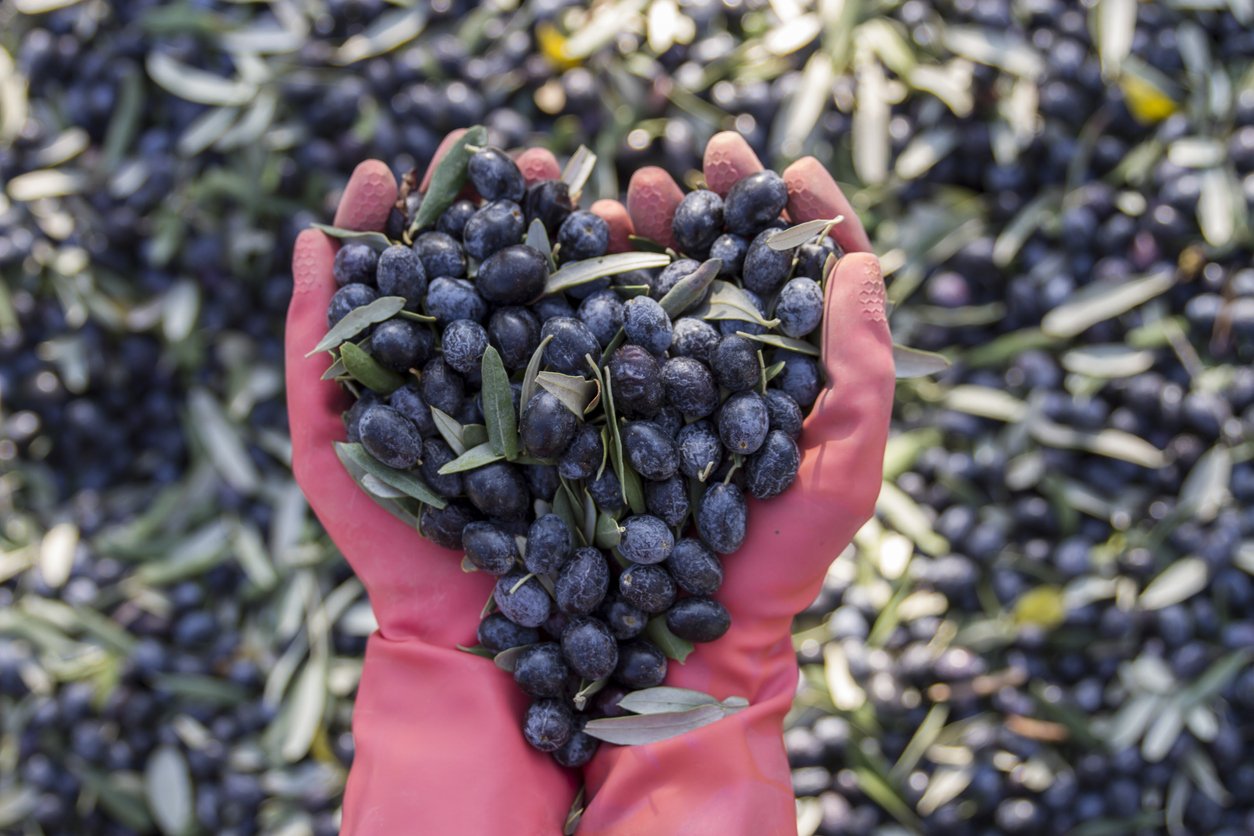
Hold on tight; we’re going to take a bit of a roller-coaster ride to answer this question, with lots of “on the one hand”s and “on the other hand”s.
Phytochemicals in Olives
On the one hand, olives contain phytochemicals and polyphenols that have anti-inflammatory properties, which give them disease-fighting abilities. Both green and black olives offer health benefits based on the phytochemicals that give each type its color. So that’s one big checkmark on the plus side.
Olives are High in Fat and Calories
On the other hand, olives are mostly fat, and therefore are a dense source of calories. Because you can get a lot of calories from just a handful of olives, it’s easy to gain weight if they’re a regular snack.
Back to that first hand, though: Olives are rich in healthy unsaturated fats, with a very modest amount of saturated fat. And the fat in olives goes hand in hand with their high vitamin E content, which makes that fat-soluble vitamin super-absorbable by the body. This is good because vitamin E is a powerful antioxidant, preventing and repairing oxidative stress in the body.
Sticking with that first hand for just another few seconds, we all need fat in our diet. And, in general, many plants (including olives) appear to be healthier sources of fat than animals.
For more on the good and bad of fat, see our article here.
Olives are High in Sodium
The biggest “other hand” when it comes to olives is their through-the-roof sodium content. This is not an issue with olive oil, but that little snack consisting of 10 table olives delivers almost 100% of the World Health Organization’s recommended maximum daily intake of sodium. If they were our major or only source, that wouldn’t necessarily be a big problem; but the modern industrialized diet is already high in sodium. And too much of it contributes to high incidences of heart disease, kidney disease, and type 2 diabetes.
For more on sodium, see our article here.
Use Olives as a Condiment
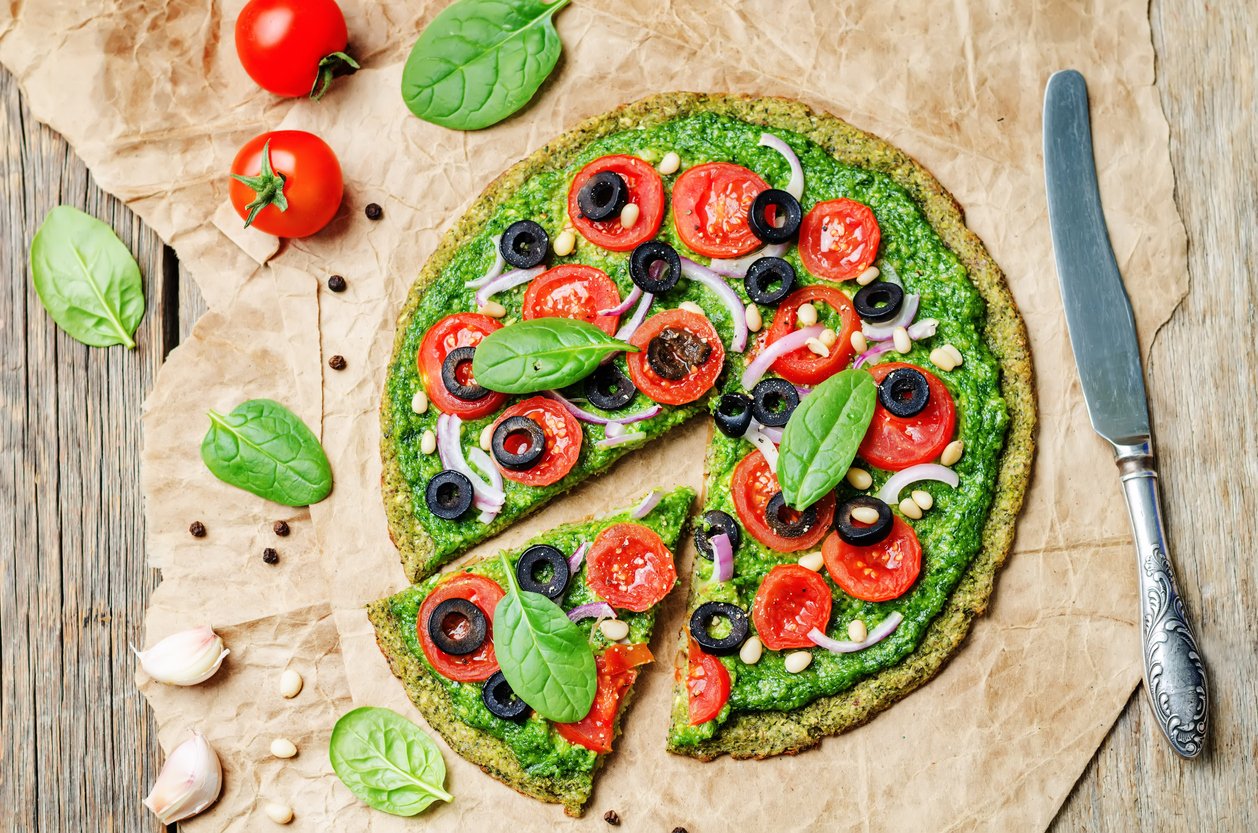
So the answer to whether or not olives are healthy is, it depends. If you choose to include olives in your diet, eat them as a condiment rather than an entire dish. Flavor your pizza, salad, or stew with a few sliced olives, rather than munching them by the handful. Pay attention to serving size and sodium content. And if you’re struggling with weight, you may want to eliminate olives altogether or enjoy them in small amounts as a rare treat.
This question becomes even more nuanced when we consider that the health effects of olives vary according to the type of olive and how it was processed. California-style olives contain much lower concentrations of healthy phenolic compounds compared with Spanish- or Greek-style table olives. So score one for Mediterranean olives.
At the same time, anaerobic fermentation of Spanish or Greek olives can induce the loss of anthocyanins, a powerful class of antioxidants found in many dark red, purple, blue, or black foods. But, to add another twist, these fermented olives with fewer antioxidants also contain gut-restoring probiotics.
Some types of processing, such as destoning, stuffing, and seasoning, may also lower the nutrient content of olives. Overall, the healthiest olives are intact and unseasoned.
And some brands offer reduced-sodium olives. A serving of PEARLS unseasoned low-sodium black olives (which they define as four olives) contains just 70 mg sodium, which is less than one-quarter of the sodium content of many other varieties.
What About Olive Oil?
First, let’s distinguish between the main grades of olive oil. There’s extra virgin, virgin, refined, and pomace.
Extra virgin olive oil (EVOO) is made from cold-pressed olives and has a superior flavor and aroma. It’s also healthier, with higher levels of antioxidants and other beneficial compounds than the other grades.
Virgin olive oil is made the same way as EVOO, from pure, cold-pressed olives. The difference is in the acidity and “defect rate,” both of which are slightly higher. Virgin olive oil nonetheless retains the olive’s flavor, aroma, and most of its health benefits.
Refined olive oil, often just labeled “olive oil” without a virgin in sight, is oil that has been extracted from the fruit using heat, solvents, or both. It typically has about ¼–⅕ the antioxidants of extra virgin, and has less of an olive taste. Some refined olive oil is blended with virgin and/or EVOO to give it more flavor at a cheaper cost.
Finally, pomace olive oil is made from the pulp and pits of olives that have already been pressed for their first cold press. Unlike EVOO or virgin olive oil, pomace olive oil comes from the leftover materials after the oil has been pressed out. The result is a cheaper oil with a more neutral flavor.
Is Olive Oil Good for You?
You saw how complicated it is to determine whether olives are healthy. The data is even more nuanced when it comes to olive oil. To simplify a bit, let’s focus solely on the highest grade, since many of the studies on the health effects of olive oil use EVOO exclusively.
Potential Olive Oil Health Benefits
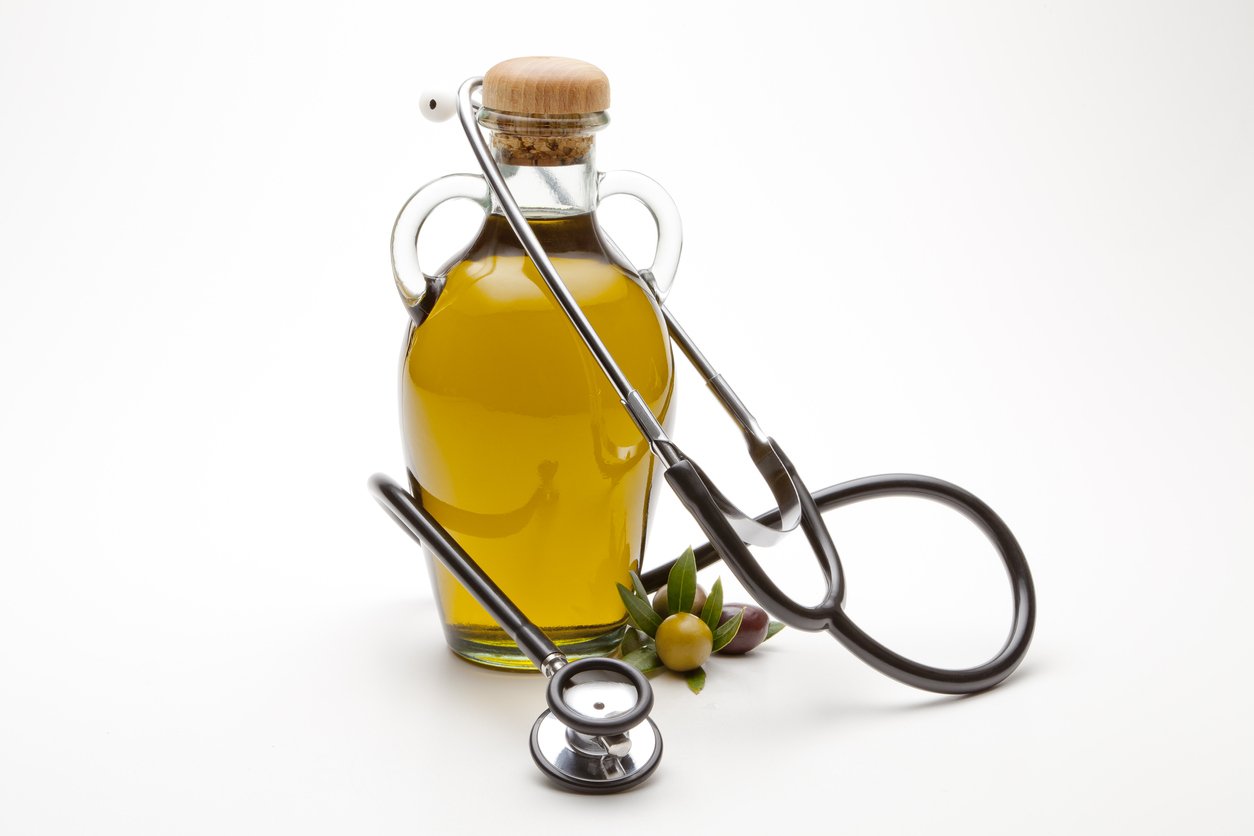
In the popular press, olive oil is lauded for its health benefits, often based on its association with the Mediterranean diet. The oil does retain antioxidants found in the whole fruits, although in lesser amounts. And some studies, including clinical trials with human subjects, have found health benefits from the oil, including protection against cardiovascular disease, cancer, type 2 diabetes, and dementia.
Olive oil is low in omega-6 fatty acids, which is beneficial because it reduces the risk of inflammation caused by consuming too many omega-6s compared to anti-inflammatory omega-3 fats. It contains nutrients that reduce cholesterol and improve heart and eye health. When used in salad dressings, it can increase the absorption of healthful carotenoids found in salad vegetables like carrots and leafy greens. Extra-virgin olive oil, in particular, is rich in oleic acid and antioxidants which may reduce inflammation.
Turning olives into olive oil also means you get to avoid the sodium that’s added when fermenting or curing the fruits.
Case closed? Not yet!
The Downside of Olive Oil
Atherosclerotic lesions contribute to a buildup of plaque, the narrowing of the arterial walls, and the promotion of cardiovascular disease. Back in 1990, researchers conducted angiograms on people with coronary heart disease, monitored their dietary patterns, and then conducted follow-up angiograms two years later. They found that over the course of the study, all forms of fat, including saturated fat, monounsaturated fat (i.e., olive oil), and polyunsaturated fat, were associated with the development of new atherosclerotic lesions. Only when patients reduced fat intake overall did they experience improvement.
Another way that researchers measure cardiovascular health is through a test called flow-mediated dilation (FMD). FMD uses ultrasound to measure the diameter of the brachial artery. The level of dilation is an indication of the health of the vessels in the cardiovascular system.
In one study conducted in 1999, researchers gave people high-fat meals and then measured their FMD three hours later, finding an immediate decline in their brachial artery dilation. This was true whether the fat in that meal came from hamburgers, cheesecake, or olive oil. Another study conducted in 2007 using soybean, palm, and olive oils found that all three had a similar negative effect on endothelial function and triglyceride levels (both of which have a link to cardiovascular health).
So there’s a case to be made that, especially for people who are concerned about heart health, olive oil may not be a “health food.”
No Room for Olive Oil in an SOS-free Plant-Based Diet
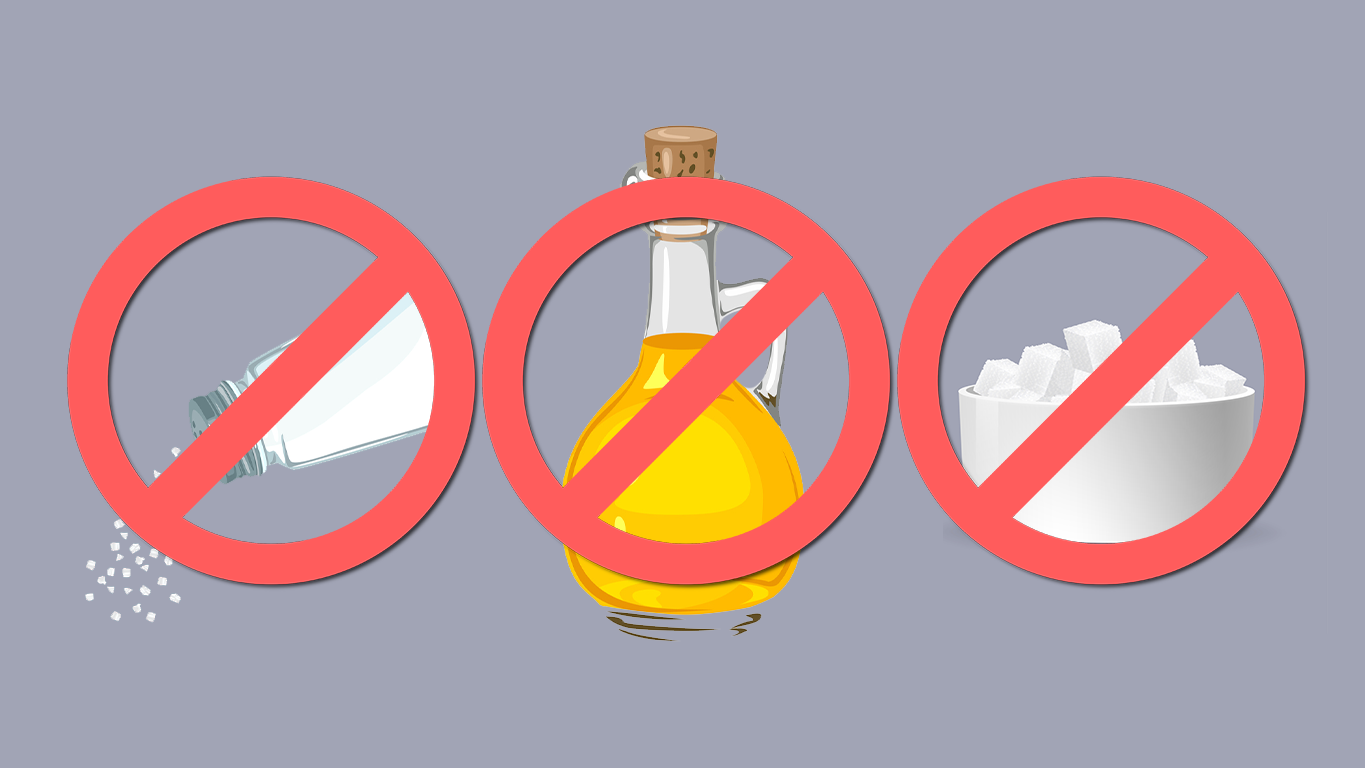
Many of the original proponents of a whole foods, plant-based diet argue against consuming bottled oils, especially in the presence of heart disease and/or metabolic syndrome. They tell us that no oil is a health food — and that includes olive oil. Humans, they argue, will thrive best on an “SOS-free” diet — SOS being an acronym for Salt, Oil, and Sugar.
However, even within the plant-based community, this isn’t universally accepted as truth. Indeed, there is a pretty good case in the medical literature pointing to the health benefits of olives and olive oils, at least in comparison to other oils and other sources of fat.
This might be a case where the health benefits of olive oil come down to “it depends.” If you are replacing less healthy fats with olives or olive oil, you are probably taking a big step in the right direction. But particularly if you are trying to lose weight, or are suffering from cardiovascular disease, then a low-fat diet may be advisable.
I don’t know anyone who would consume a pound of olive oil, which is a good thing because olive oil delivers almost 4,000 calories per pound, making it one of the most calorically dense foods you could eat.
Considerations for Buying Olives and Olive Oil

So far, we’ve been looking at olive oil in a pretty theoretical way, as if products that say “olive oil” are actually full of olive oil. It would be great if that were always true, but it turns out that olive oil is one of the most faked foods worldwide, with much of the fraud perpetrated in Italy.
To save money and thus increase profits, many producers blend their olive oil with other unlisted plant oils of lower quality. They may then add colorings and flavorings to disguise the deceit. Even old, rancid canola oil has been sold and presented as extra virgin olive oil. Unfortunately, there’s no federal regulation of bottled oils and their label claims in the US.
Even if the olive oil is genuine and unadulterated, you may still be getting a dose of harmful pesticides with your olive oil if you choose to buy nonorganic varieties. Olive groves are vulnerable to many pests, including the fruit fly. While organic growers rely on rich and diverse ecosystems to keep pests in check, conventional farmers deploy multiple pesticides on olive trees. These pesticides have been banned in some countries and may cause harm to humans, animals, and pollinators.
The best way to avoid or limit your exposure to pesticides is to buy certified organic olive oil. When possible, choose glass containers over plastic or cans to avoid BPA. In addition to avoiding these harmful compounds, when you go organic you also get the benefit of a higher degree of oversight — in the form of regulation and inspection — to ensure you’re getting real olive oil.
Unfortunately, organic olive oil is much more expensive than conventional, putting it out of reach for some. For guidance on how to choose authentic olive oils, including some organic varieties, check out our full article on avoiding food fraud here.
How to Eat Olives
Olives have a salty and somewhat sour or bitter taste that can complement a variety of dishes. Because of their high sodium content, they are best used as a condiment.
Safety tip: If you buy a variety that includes the pits, make sure to slice and remove them before cooking.
Here are some ways to use olives:
- As a snack on their own (remember to check the serving size so you don’t end up consuming a day’s worth of sodium and calories while you mindlessly munch)
- As part of a vegan charcuterie or grazing board
- In salads
- Sliced on pizza or as a taco topping
- In grain bowls and pasta dishes
- In tapenades, dips, or spreads
- With roasted vegetables
Olive Recipes
Olives are incredibly flavorful and versatile. Whether you want to experience the multilayered taste and velvety texture on its own or as a special addition to a robust and colorful dish, these olive recipes are sure to be your go-to when you’re looking to satisfy a salty umami craving.
1. Olive Tapenade
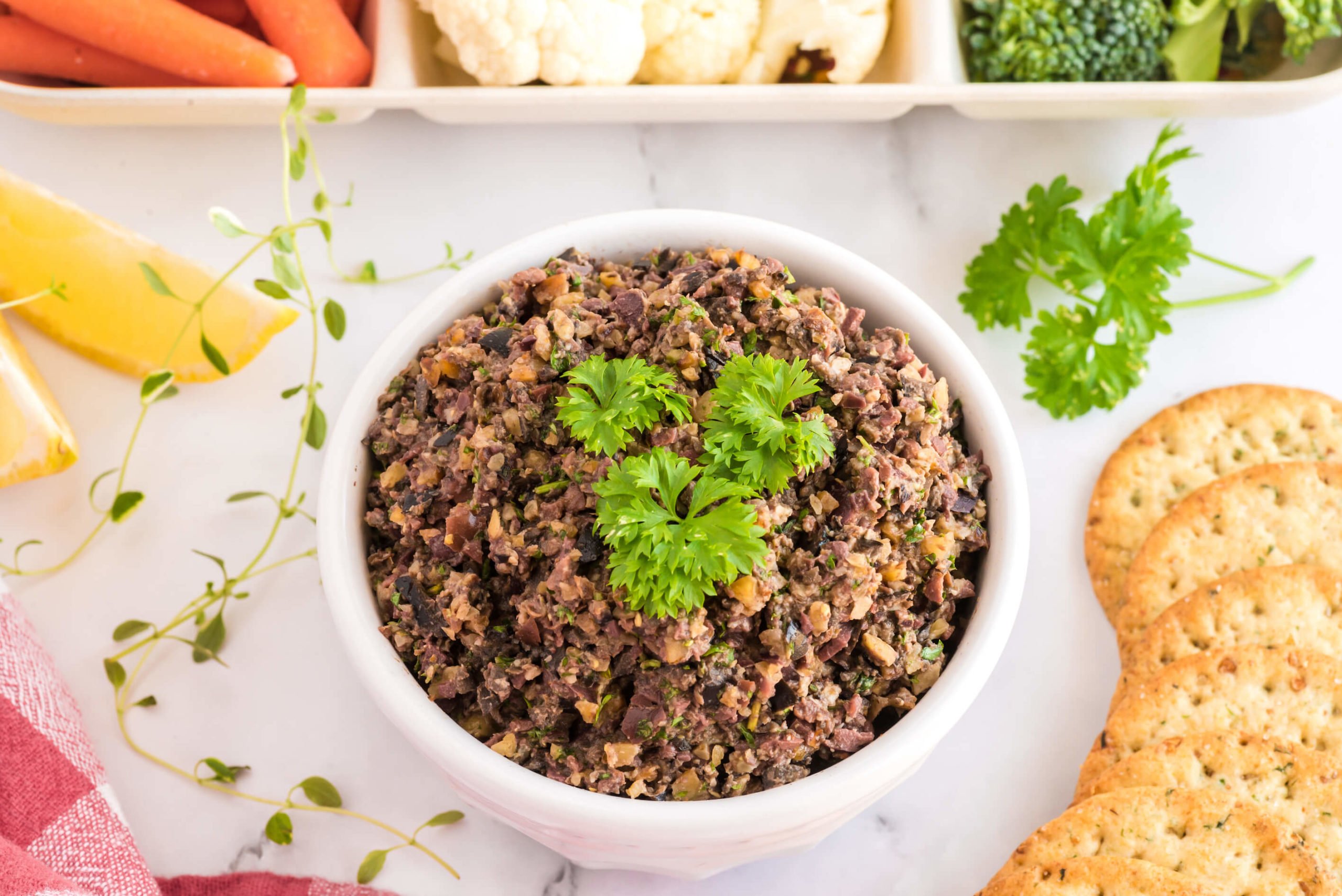
If you’re a superfan of salty, briny flavors, this Olive Tapenade will not disappoint. A twist on the standard olive tapenade, this one combines both black olives and Kalamata olives (a type of black olive) along with toasted walnuts. The taste is still pungent and flavorful, but not overpowering or overly salty. Each bite is just as delicious as the next, making this an excellent topping to your favorite creamy or tomato-based pasta, pizza, or herb crackers!
2. Healthy Charcuterie Board
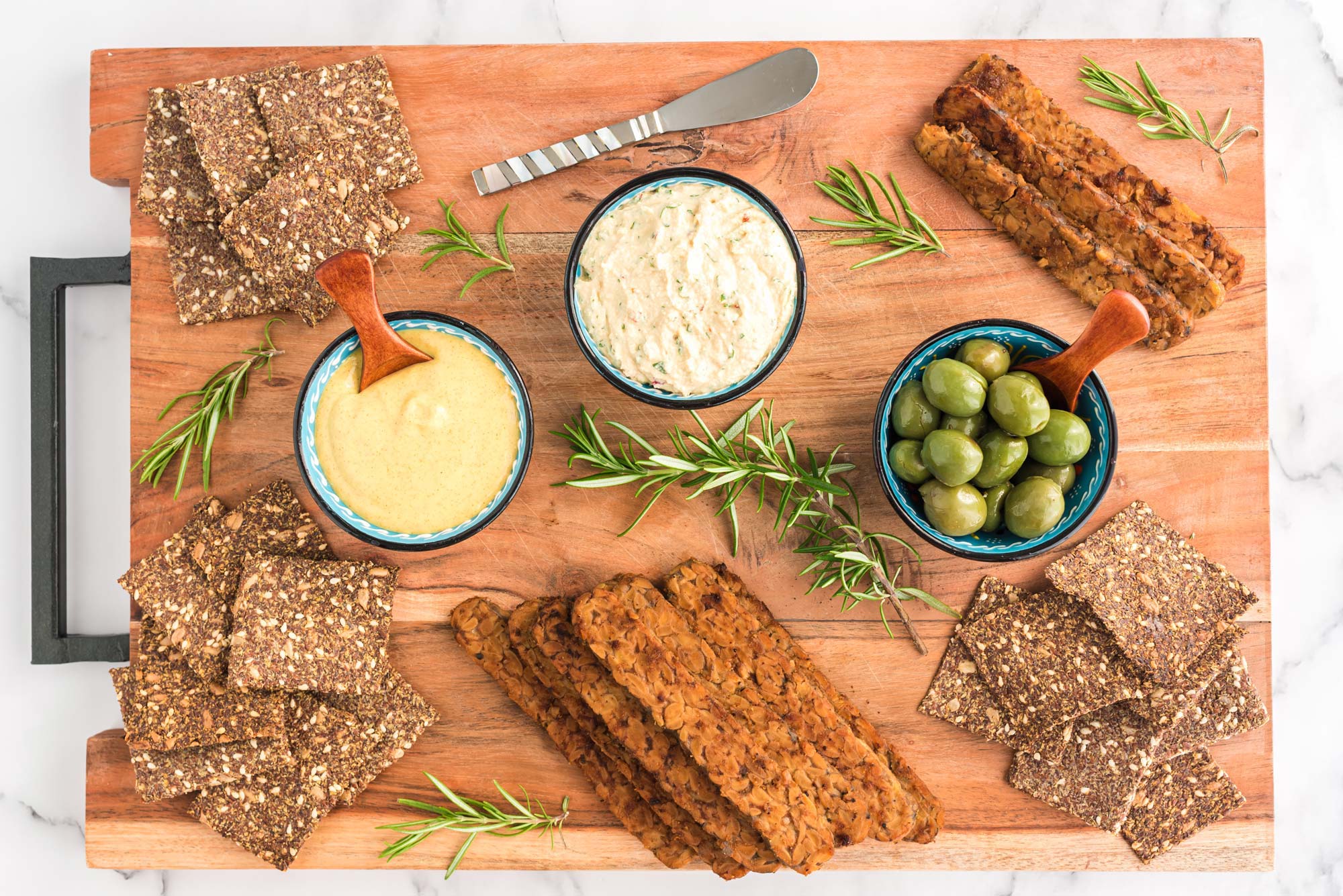
Make olives the star of the show with this festive Healthy Charcuterie Board. This appetizer will wow your friends and family (in the most positive way) when they visit for a plant-based evening extravaganza. From your homemade 2-Ingredient Flax Crackers to the creamy Herbed Cashew Cheese to a colorful array of pungent olives, this recipe is the epitome of a plant-based party!
3. Braised Green Beans Puttanesca
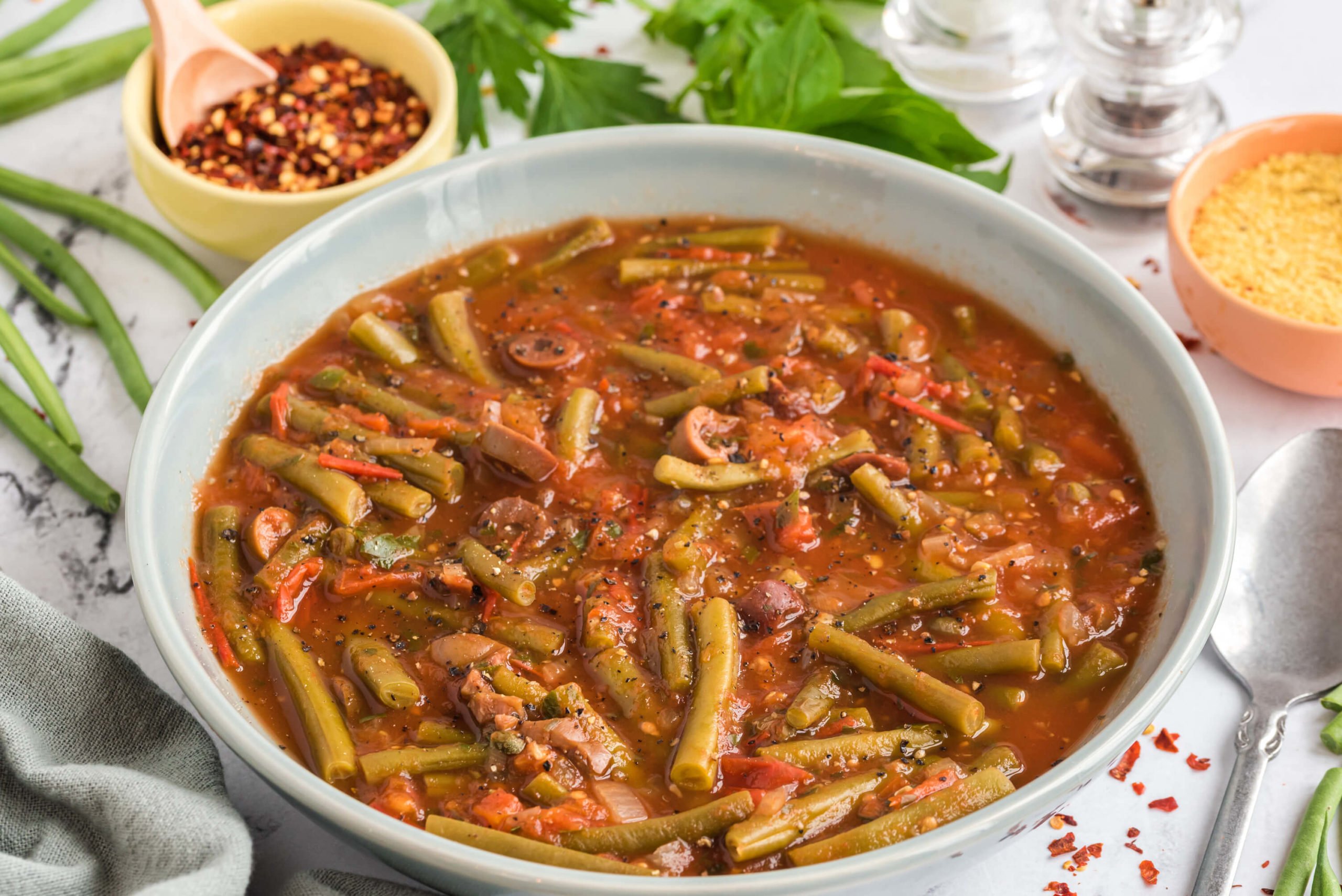
Braised Green Beans Puttanesca harnesses the fruity, salty, briny, and slightly sour flavor of the mighty olive, which is wonderfully juxtaposed against the sweetness of the green beans, the acidity of the tomatoes, and the rich flavor of the aromatics. Although the olives seem like the supporting character in this recipe, trust us — they make all the difference when creating this beautifully harmonious meal!
Enjoy Olives in Moderation
Olives can provide a number of health benefits, mainly due to their healthy fats, vitamin E content, and antioxidants. But fermentation, sodium content, and processing all can compromise their nutritional value. And olive oil, while associated with health benefits in many studies, may be good for you only in comparison to less healthy sources of fat.
There are some people, especially those with heart disease, who should probably limit their intake of olives or avoid olives and olive oil altogether. But when used in moderation, olives in their whole food form can add flavor and nutrition to plant-based meals. And from a health perspective, unadulterated olive oil is probably among the least problematic oils, and may, in fact, confer some real health benefits.
If you do want to include olive oil in your diet, you may want to make sure it is of the highest possible quality. Kasandrinos Olive Oil offers 100% certified organic, single-origin olive oil. This olive oil comes from organic olive trees the Kasandrinos family has been harvesting in Greece for generations. And it tastes pretty amazing. Find out more here. (If you buy from this link, a portion of proceeds will go to support Food Revolution Network’s mission of healthy, ethical, and sustainable food for all.)
Tell us in the comments:
- Do you eat olives? If so, what are your favorite kinds?
- Do you use olive oil for cooking? If so, what do you add it to?
Featured Image: iStock.com/FabioBalbi
